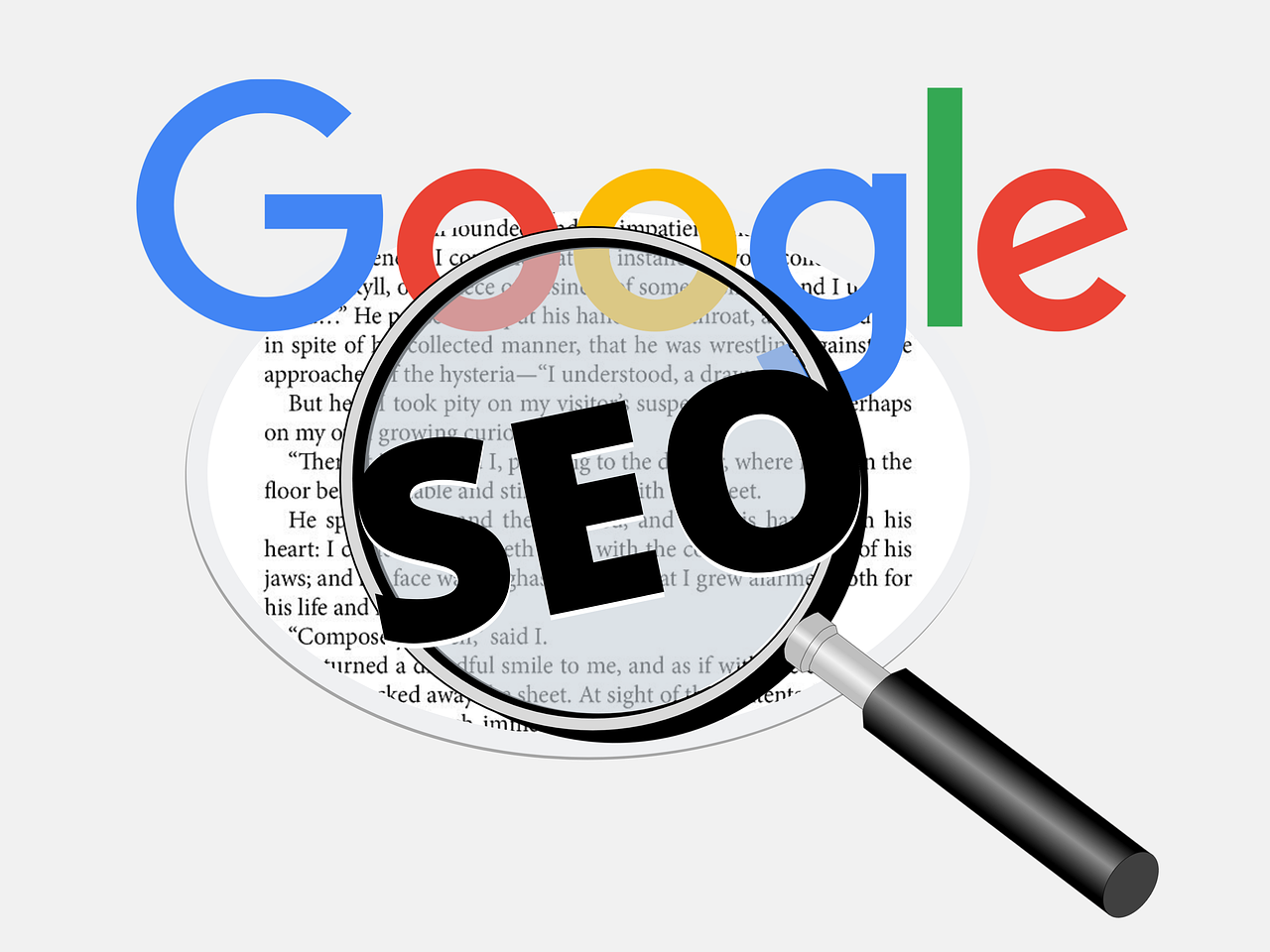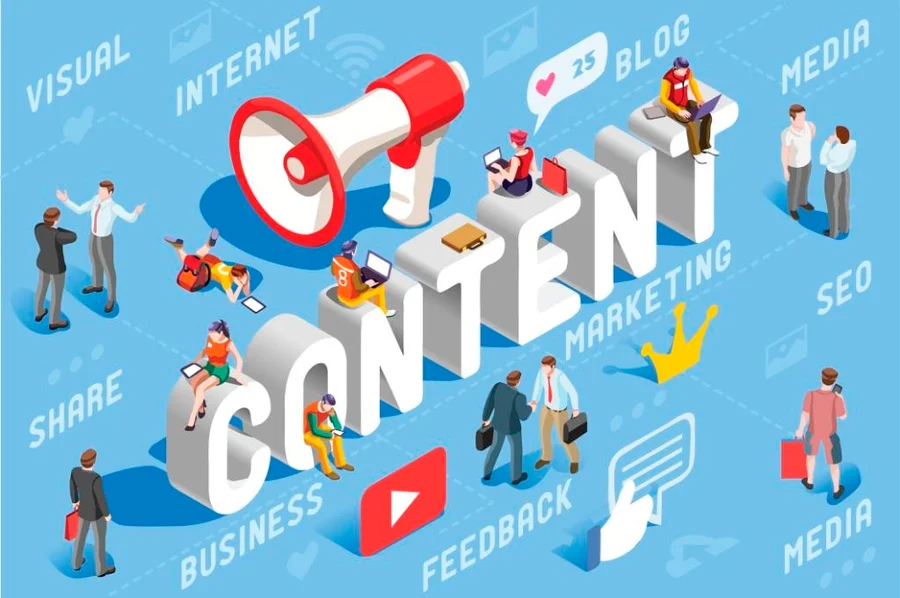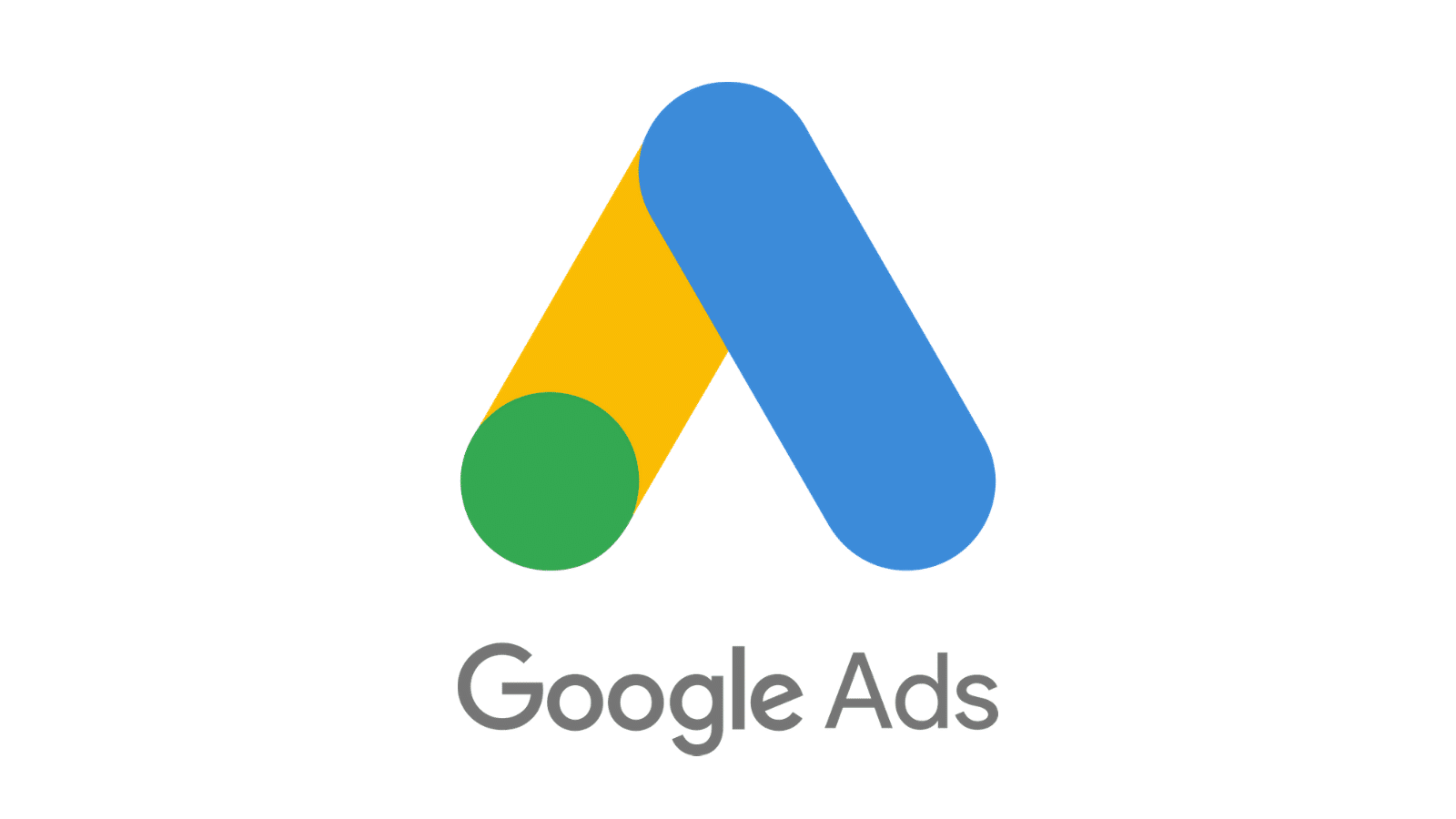Best Digital Marketer In Kerala
My Services

Search Engine Optimization
Search Engine Optimization (SEO) is the process of improving a website's visibility in search engine results (like Google, Bing, or Yahoo) to attract more organic (unpaid) traffic. The goal of SEO is to ensure that when people search for products, services, or information related to your business, your website appears higher in the search results.

Social Media Marketing
Social Media Marketing (SMM) is the process of using social media platforms like Facebook, Instagram, LinkedIn, Twitter (X), and YouTube to promote a business, build its brand, connect with the audience, and drive traffic or sales. It involves creating and sharing engaging content, running paid ad campaigns, and interacting with followers to build relationships and grow the business online.

Content Creation
Content Creation is the process of generating ideas, producing, and publishing engaging materials—such as articles, blogs, videos, graphics, social media posts, or podcasts—that attract, inform, and engage a target audience. It’s a key part of digital marketing, as quality content helps build brand authority, improve SEO, and drive customer engagement.

Web Development
Web Development is the process of creating and maintaining websites or web applications. It involves everything from designing the layout and user experience to coding and ensuring that the website works smoothly across different devices and browsers. Web development can include both the front-end (what users see) and the back-end (server, database, and logic).

Email Marketing
Email Marketing is a digital marketing strategy where businesses send emails to a group of subscribers or customers to promote products, share news, or build relationships. It is a powerful way to reach the target audience directly, deliver personalized messages, and encourage actions like purchases, sign-ups, or website visits.

Google ads
Google Ads is an online advertising platform by Google that allows businesses to create ads that appear on Google’s search results, YouTube, and across millions of websites within the Google Display Network. It is a pay-per-click (PPC) system, meaning advertisers only pay when someone clicks on their ad.
